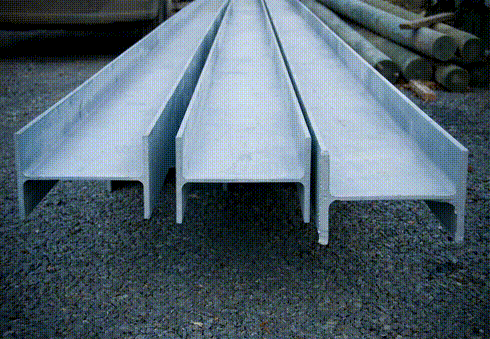-
24
Sep
Green Steel Explained

No, the steel itself isn’t green. You may think that because of our iconic green vertical balers. Green Steel is called as such because the manufacturing of it does not generate much CO2. Instead of using carbon to remove oxygen from ore, creating CO2 during the steel making process, hydrogen is used, creating H2O (water) instead. As many of the world’s biggest steelmakers become more focused on sustainability, the push to perfect green steel is on. Currently Europe is the epicenter of this push.
Also driving this push is the realization that some of the natural resources need to make steel are either skyrocketing in price or are in great demand. As we all rethink processes and challenge assumptions as we continue to face business challenges that remain because of the shutdowns, more and more focus is on the process of making steel. Steel is used in so many things and global demand is set to double by 2050. The traditional way of making steel, which hasn’t changed much over the past century, must be reexamined.
Hybrit, a Swedish company, is leading the charge. They have a pilot plant in operation and they have actually fulfilled some orders. Its method relies on iron-ore pellets that go in what they call a shaft furnace (about the same size as a traditional blast furnace). Normally coke (processed coal) goes in, however Hybrit uses hydrogen gas. Inside the shaft furnace a process they call “direct-reduction” takes place. The temperature reaches 1500•. Thats not hot enough to melt the iron, so it comes out solid. It is nearly carbon free! They then put it in an electric-arc furnace. This uses electricity to melt it, along with a tiny bit of coal, to produce the steel. Compared to the traditional method, which emits a lot of carbon, this new process emits very little. At their pilot plant, they can produce about one ton of steel an hour.
We need to be realistic with our expectations as to when green steel will be a thing. ArcelorMittal, the largest steelmaker in Europe, predicts it will cost between 15 and 40 billion Euros to eliminate net greenhouse gas emissions by 2050. That is a substantial amount of time and money. US Steel prices have more than doubled this year, which may lead some companies and investors to look more closely at investing in green steel.
As you can see – the use of electricity, some coal and such means that this is not net-zero. Renewable energy would need to be used to generate the electricity and so on. It would be more costly, but its a start. Completely green steel is a ways off, due to the many factors that go in to producing it, but any improvements are welcome. When it comes to saving the planet, even little changes on this scale can make a significant difference. At this stage of the game, its not nearly as cost effective to produce steel this way. That will change over time – everything from demand, government incentives, investment, and availability of natural resources will effect that. These efforts combined with others such as recycling steel are needed to save our planet. There is no one thing to do. Its focusing on these efforts and working them into everything we do.
As we envision our renewable future, green steel needs to be part of that conversation.




